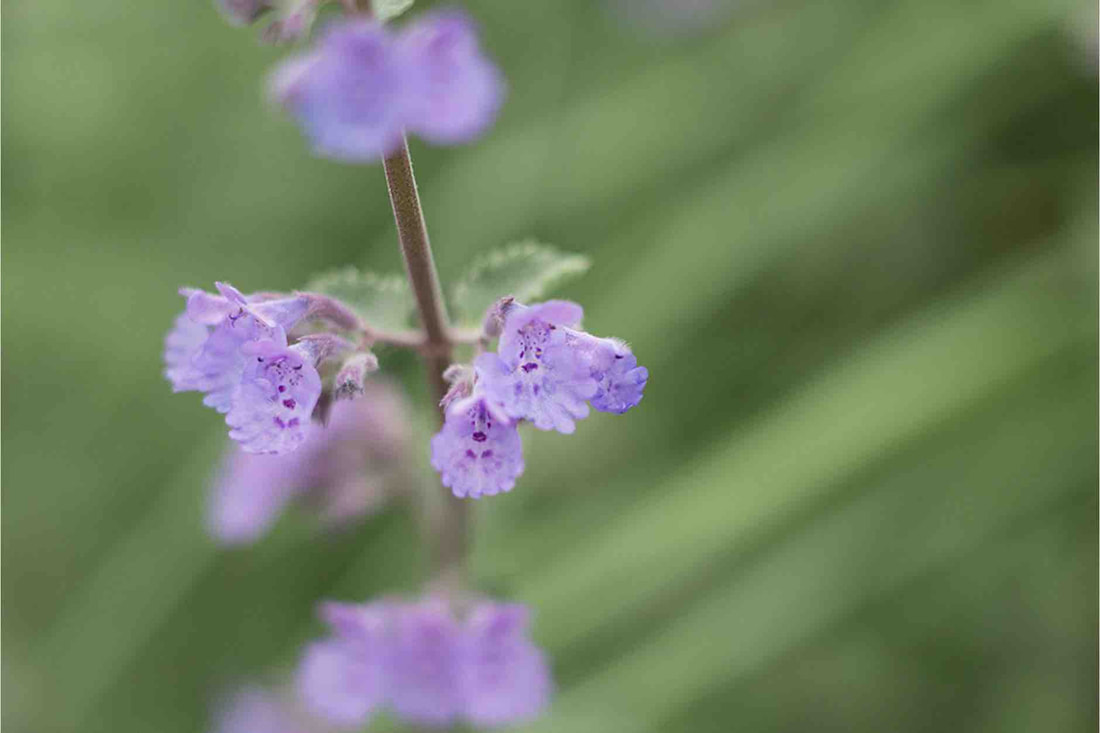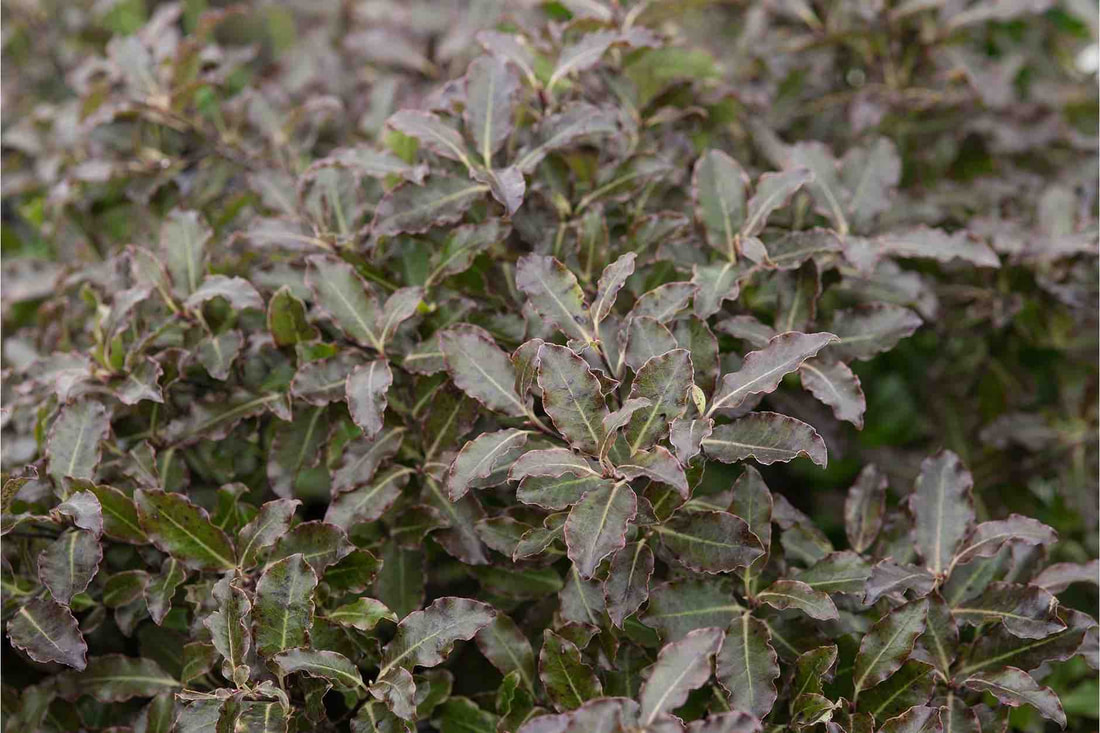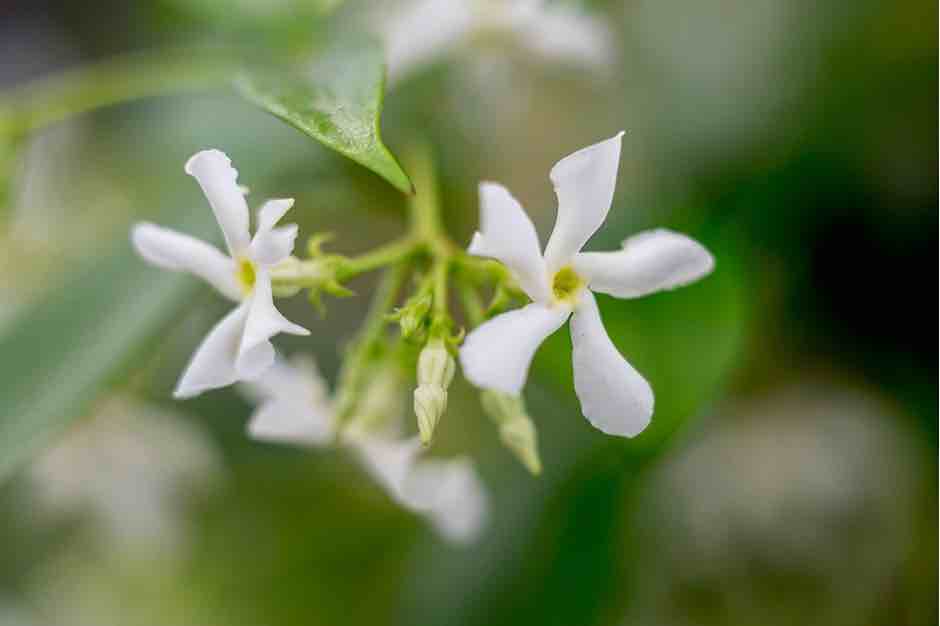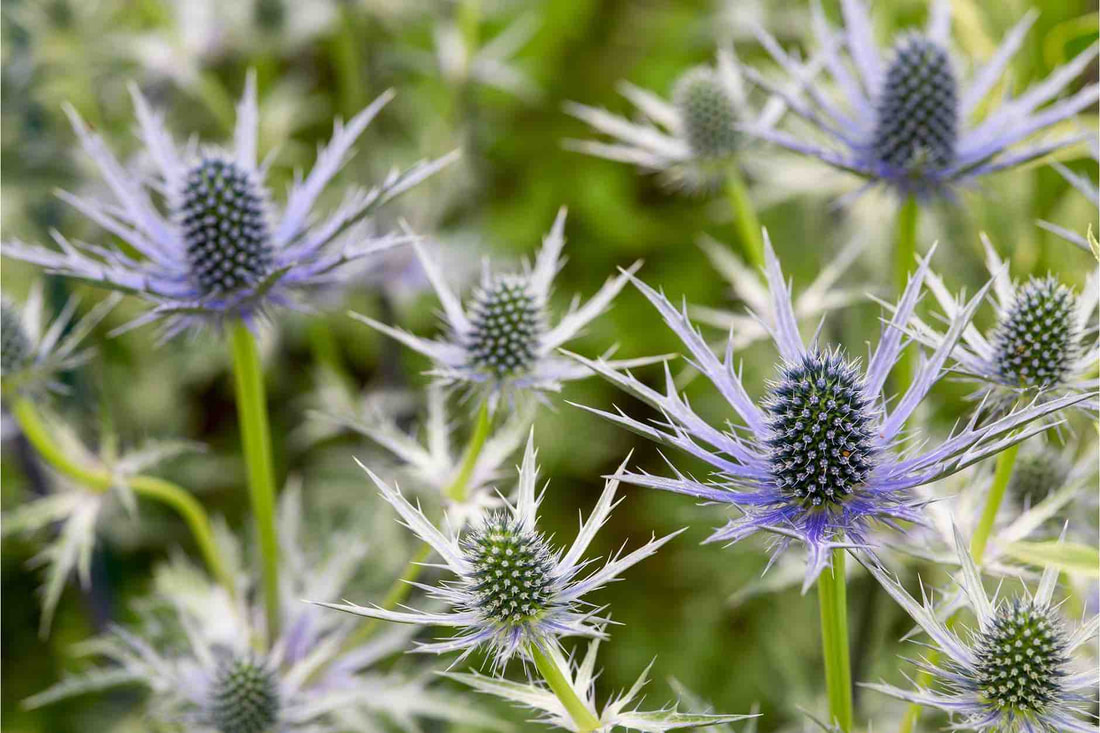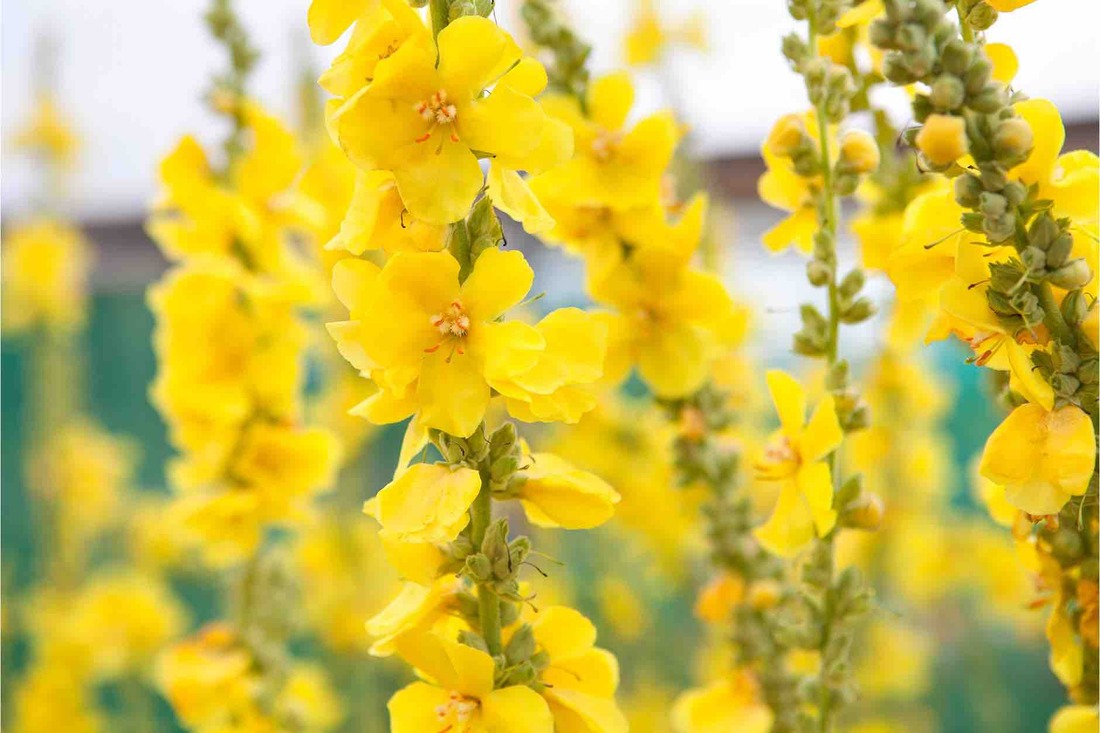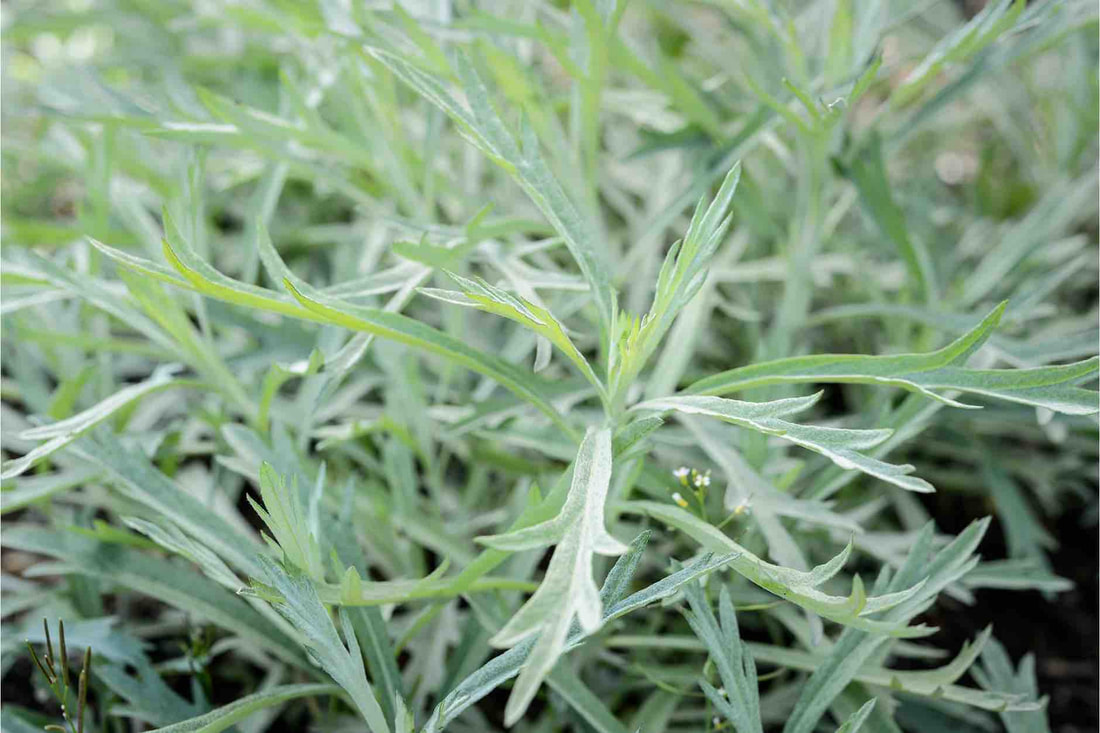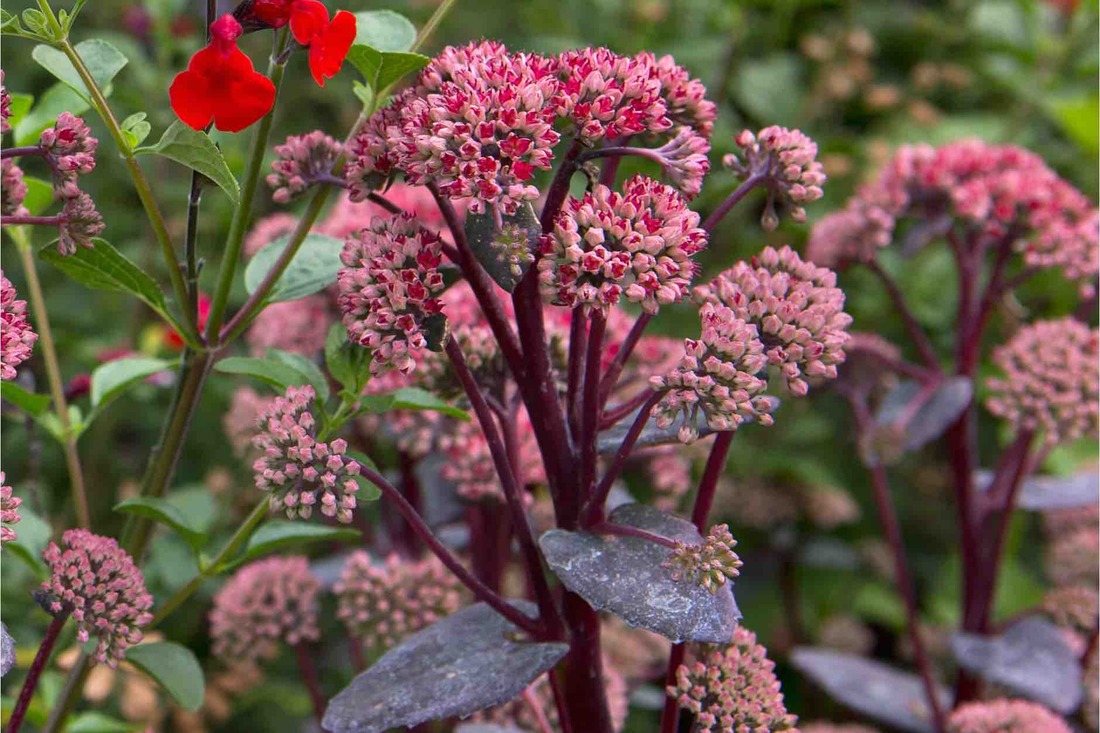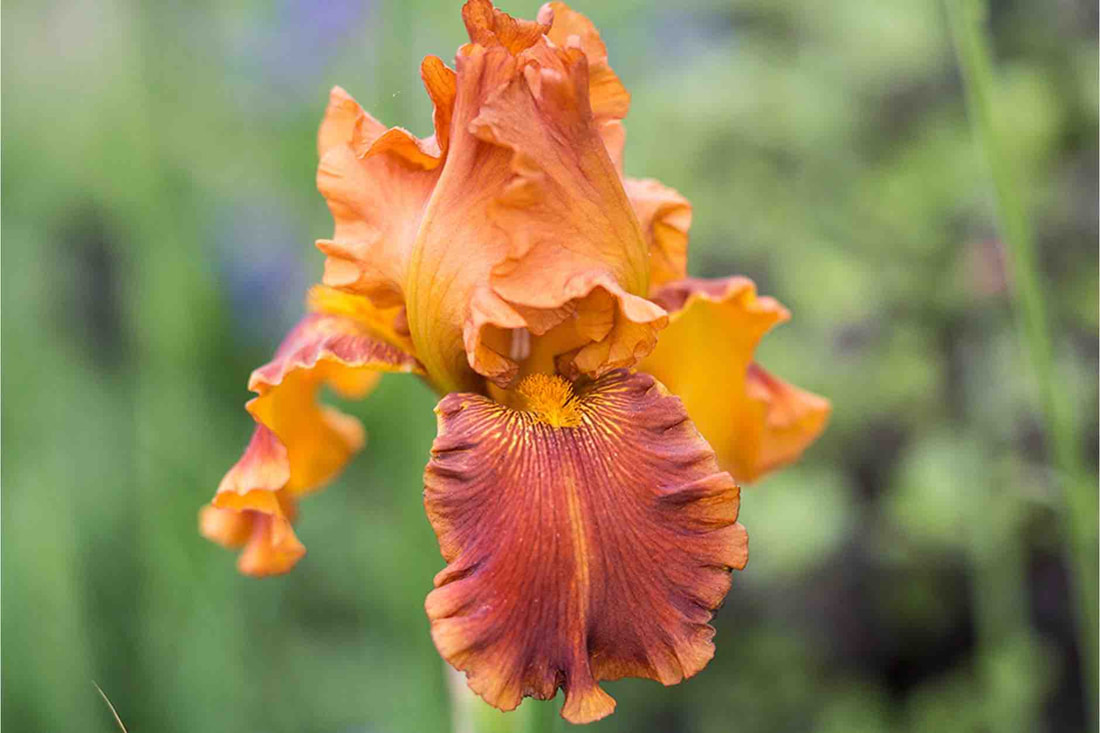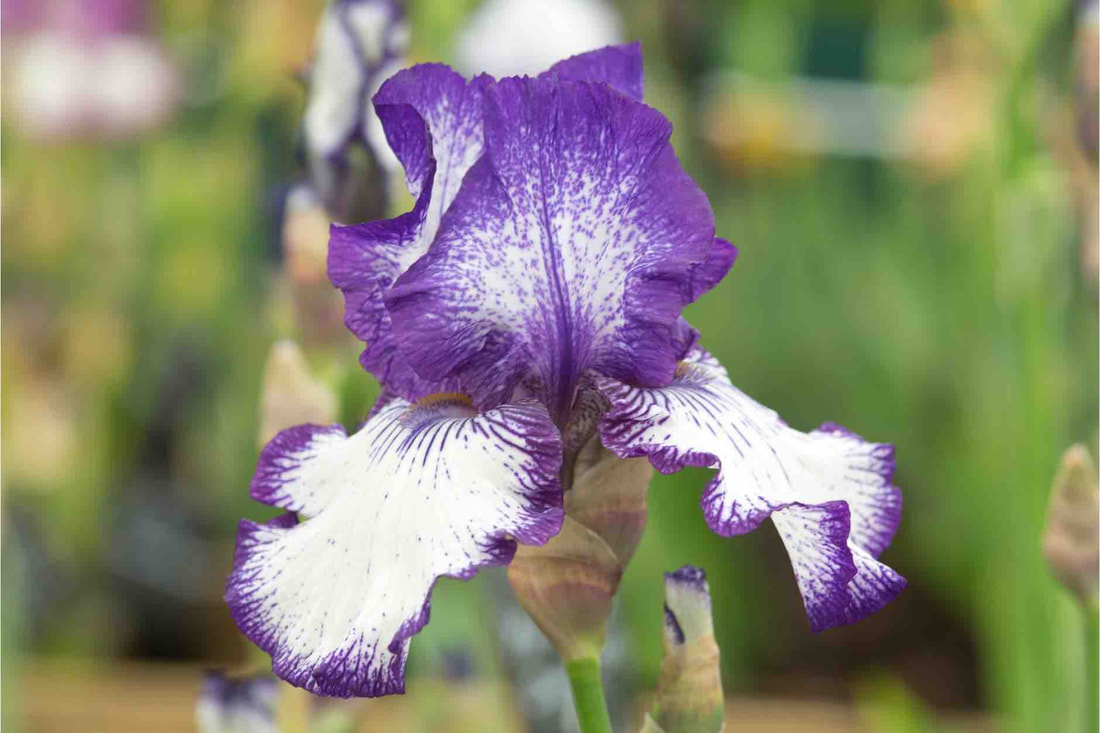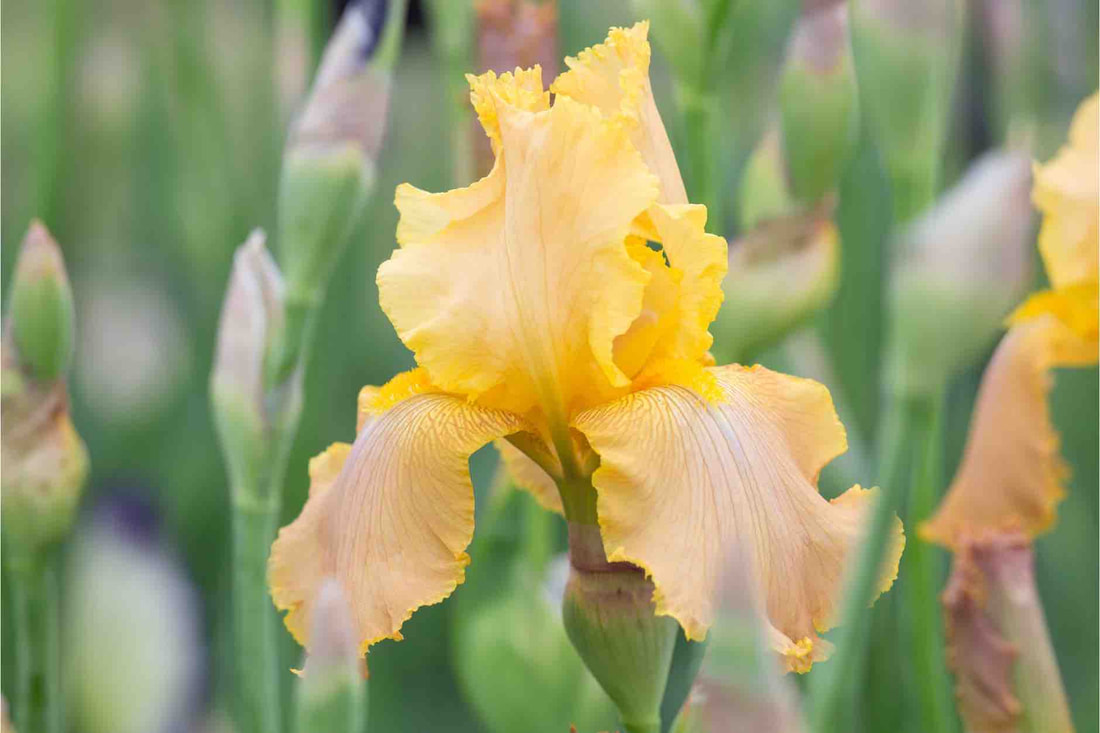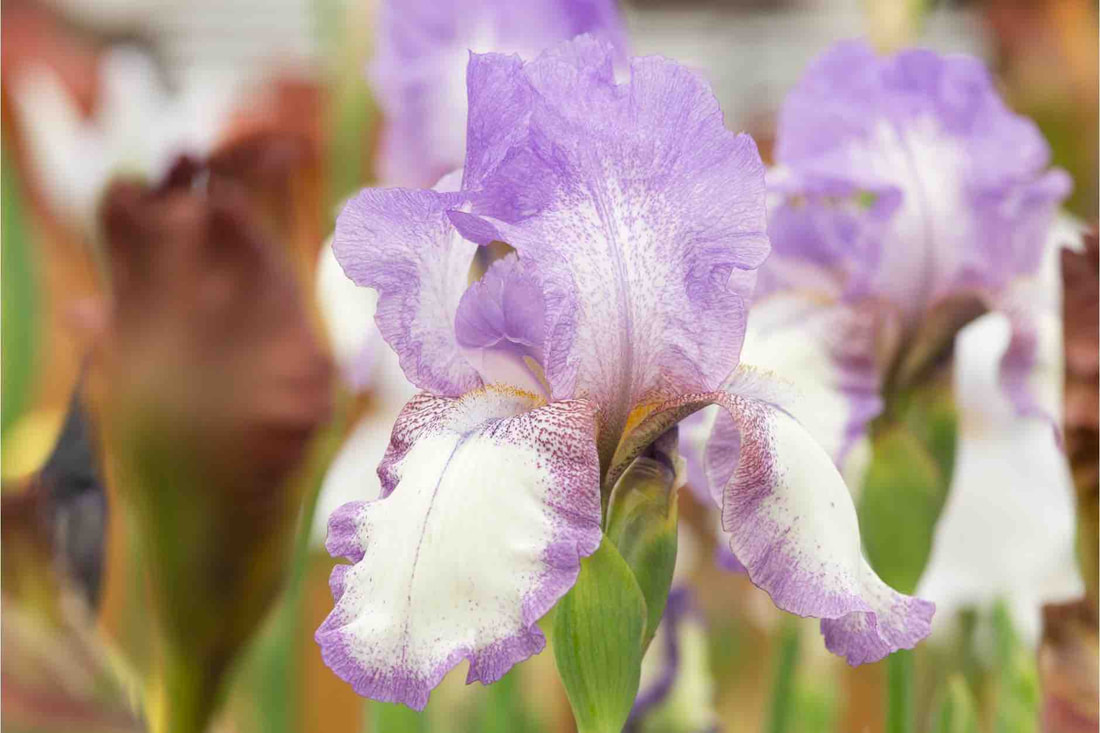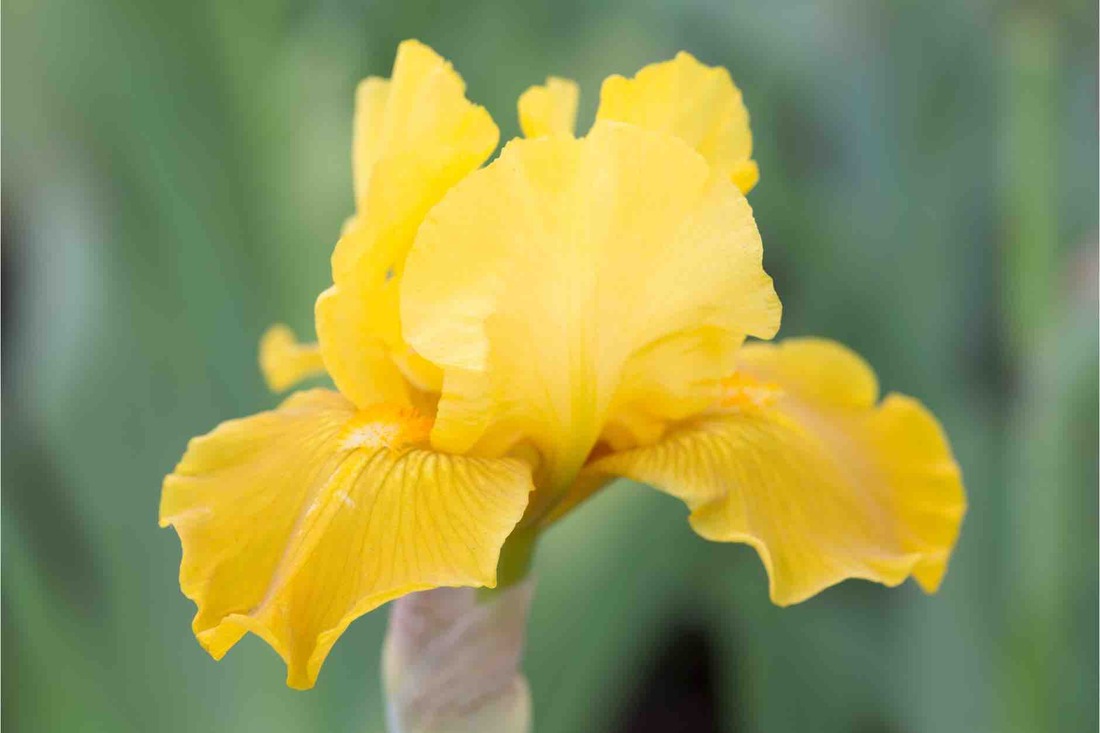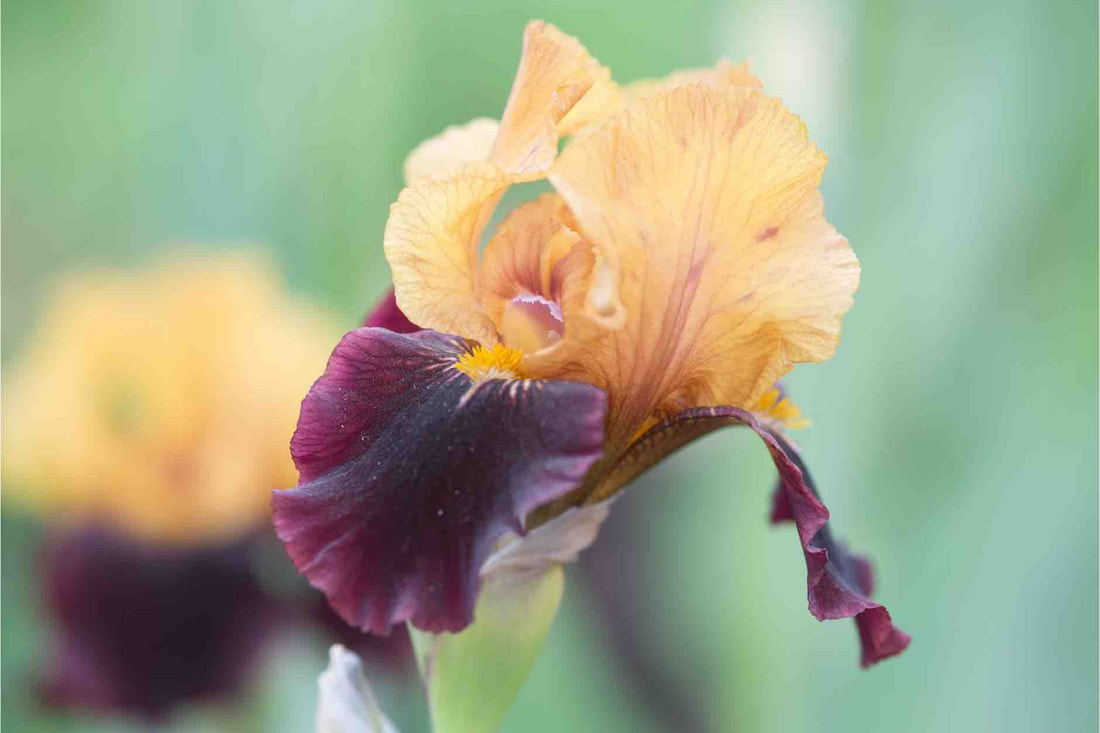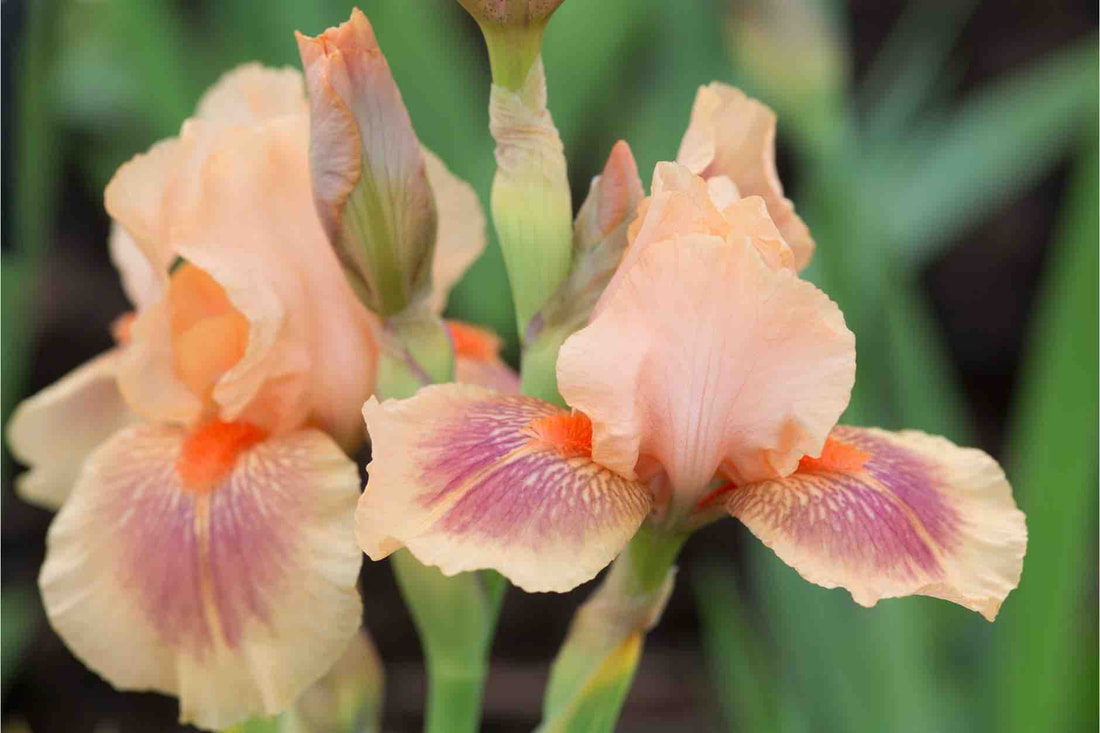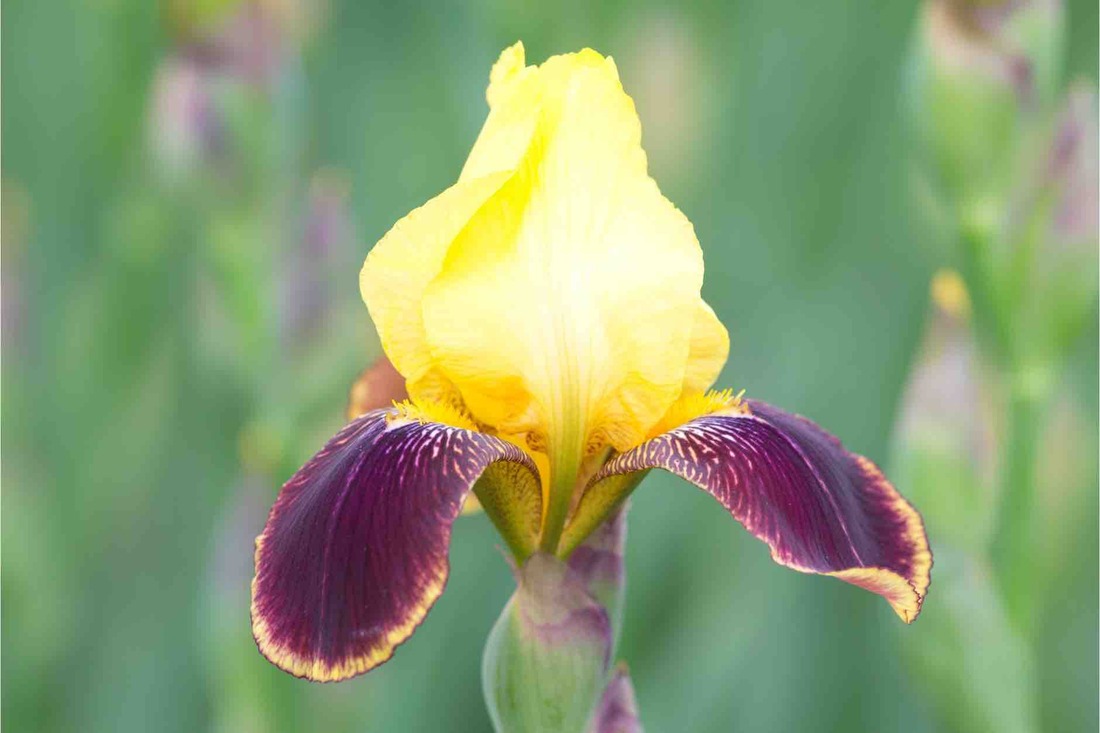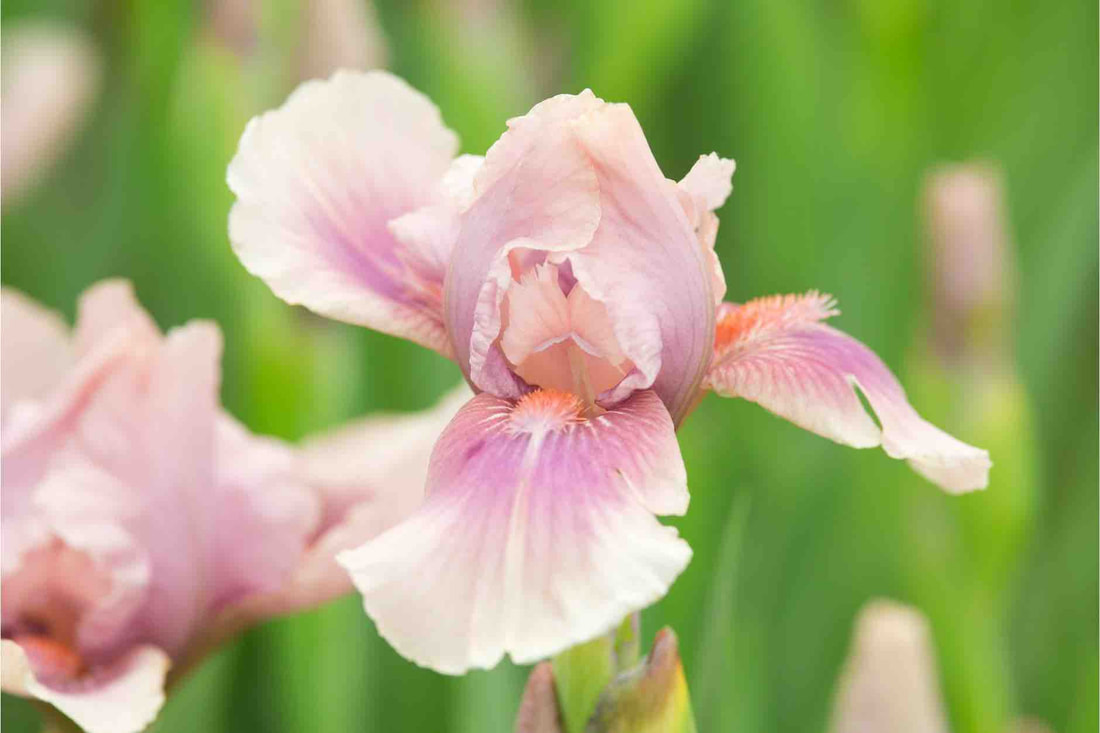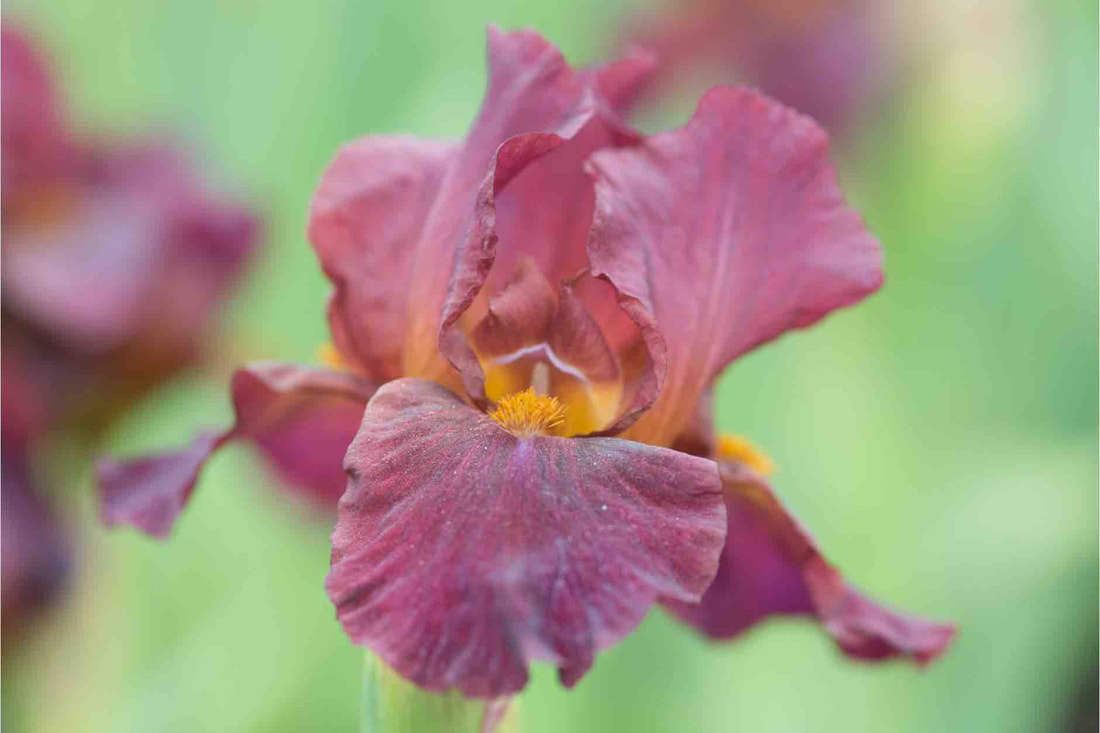Drought tolerant plants.
In our unpredictable summers, it pays to include some drought-tolerant plants in our borders and pots – even if we don’t have a drought, they mean that you’ll have to do less watering. Find out how to save water in the garden so that you can cope with a drought or hosepipe ban.
Drought-resistant plants are naturally adapted for dry conditions, but it’s very important to water plants in well initially, to help them establish a good root system. Be sure not to over fertilise them.
Drainage is very important, so if you have heavy clay soil, consider building a raised bed in order to give plants the right conditions – it only needs to be 15cm (6in) high. They’re generally sun-loving plants – if planted in shade, they may flower less or lose their silver leaves.
Here are some beautiful drought-tolerant plants you can grow.
Drought-resistant plants are naturally adapted for dry conditions, but it’s very important to water plants in well initially, to help them establish a good root system. Be sure not to over fertilise them.
Drainage is very important, so if you have heavy clay soil, consider building a raised bed in order to give plants the right conditions – it only needs to be 15cm (6in) high. They’re generally sun-loving plants – if planted in shade, they may flower less or lose their silver leaves.
Here are some beautiful drought-tolerant plants you can grow.
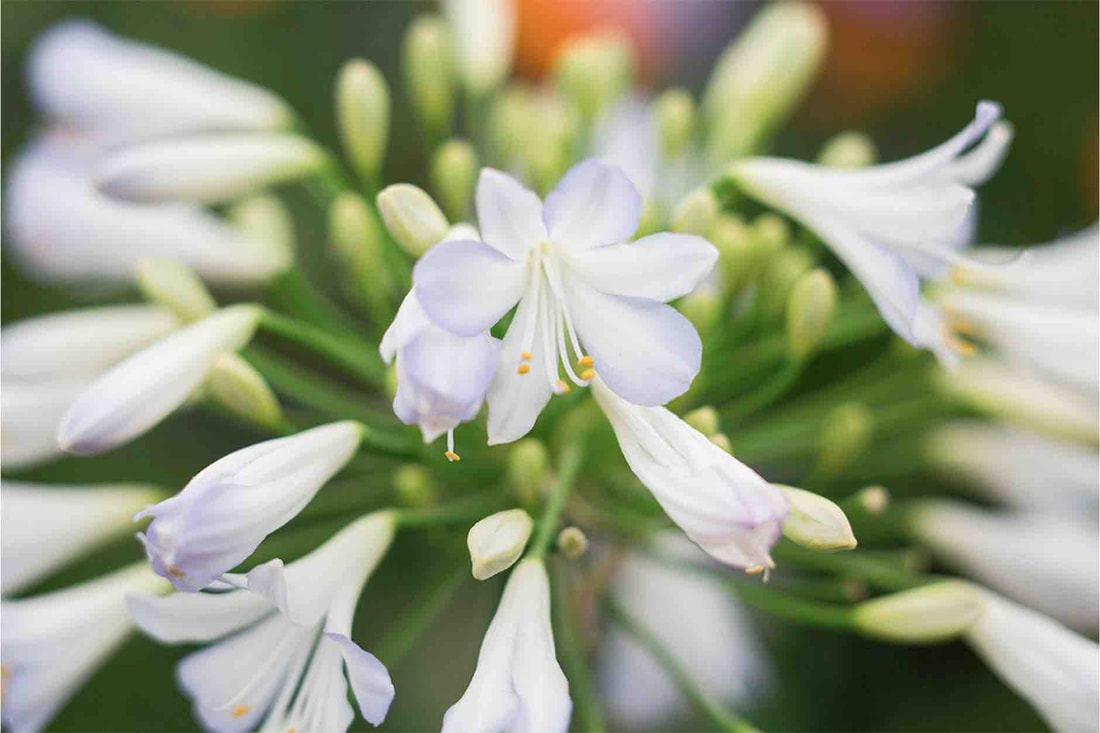
Agapanthus ‘Silver Baby’
This compact agapanthus reaches about 60cm tall, so is ideal for the front of the border or a pot. It has white flowers that have just a hint of blue and combines well with ornamental grasses such as Nassella tenuissima. It’s a hardy, deciduous variety. |
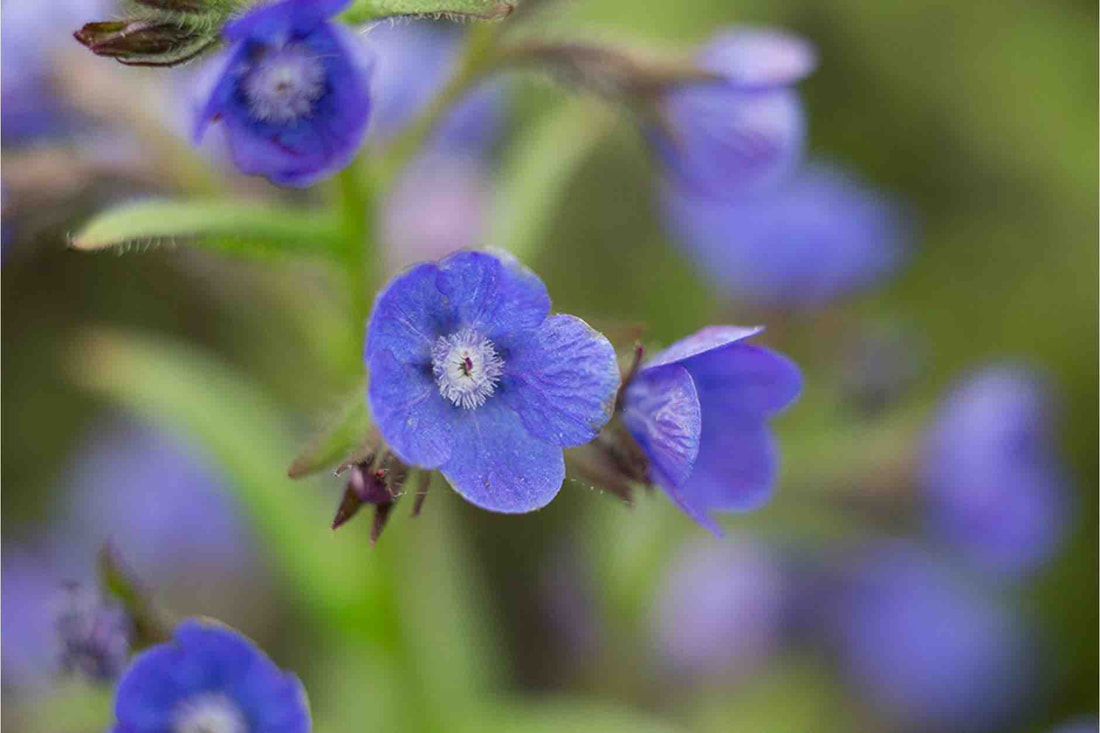
Anchusa azurea
A short-lived perennial, Anchusa azurea has bright, true blue flowers from late spring to early summer. Cut back after flowering for a second flush of smaller blooms. It loves a well-drained but moisture-retentive soil in full sun. |
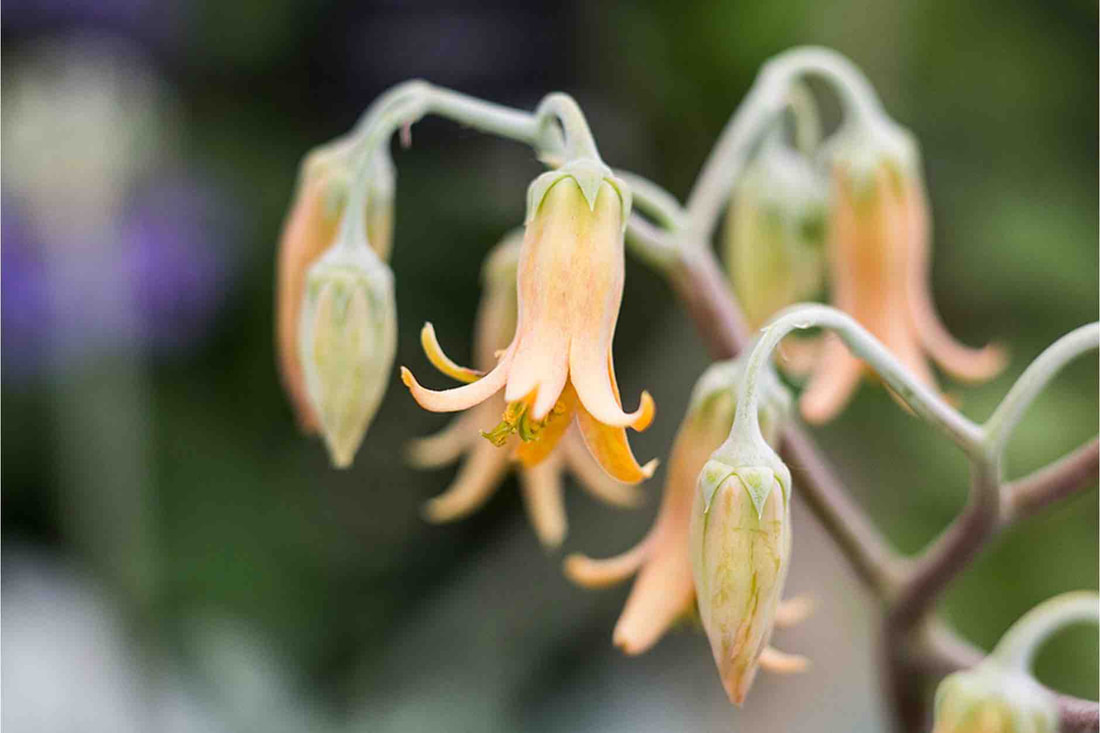
Cotyledon orbiculata
A stunning, unusual succulent, Cotyledon orbiculata has large, fleshy leaves and spikes of bell-shaped flowers. It’s best grown in a pot as it will need winter protection in colder parts of the UK. Take care not to touch the leaves as they will lose their powdery bloom. |
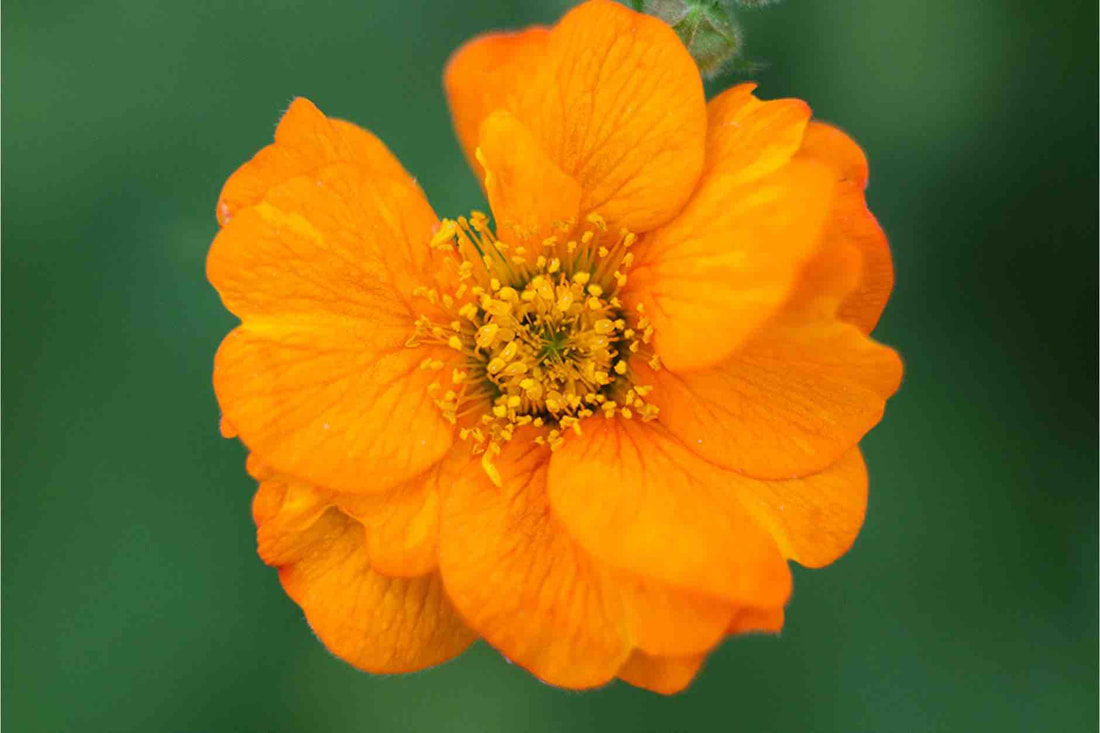
Geums
Geums are hardy perennials that flower from May to August – cut them back after flowering and they should reward you with another flush later in the season. Geums look especially good with blue flowers and lime greens. Grow in sun or part shade. |
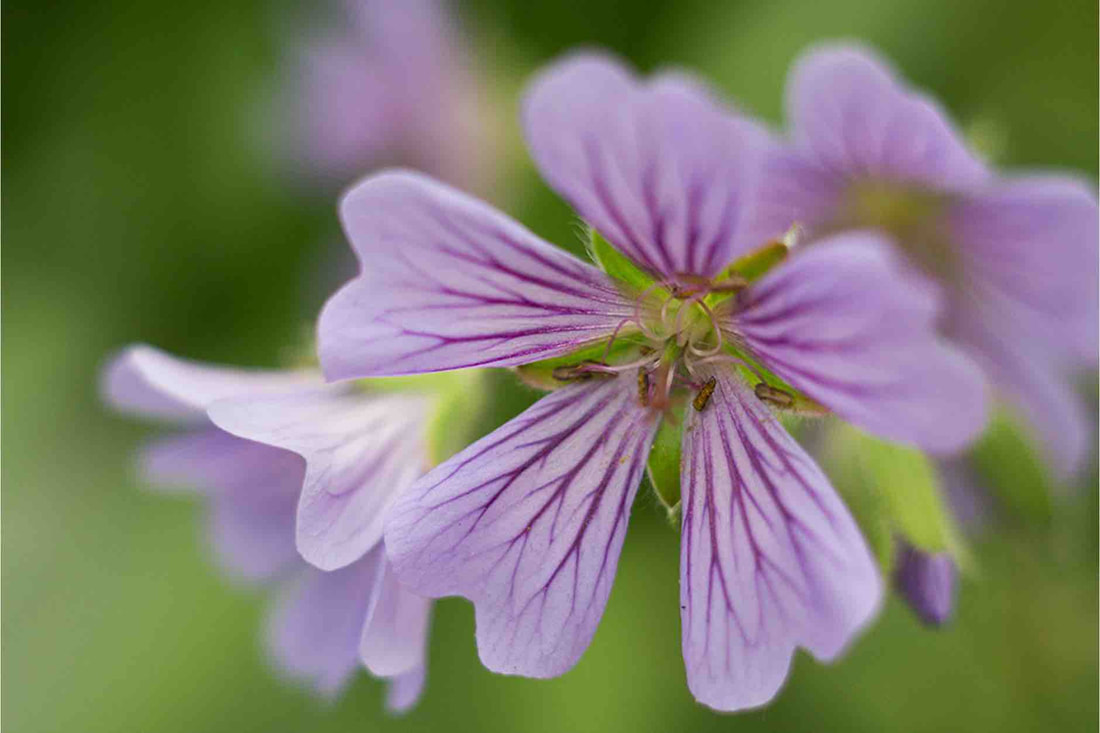
Hardy geraniums are low-maintenance, long-flowering perennials that can flower for months from spring, and need very little care. They thrive in sun or partial shade and are good for the front of the border. Cut back after flowering to encourage a second flush.
|
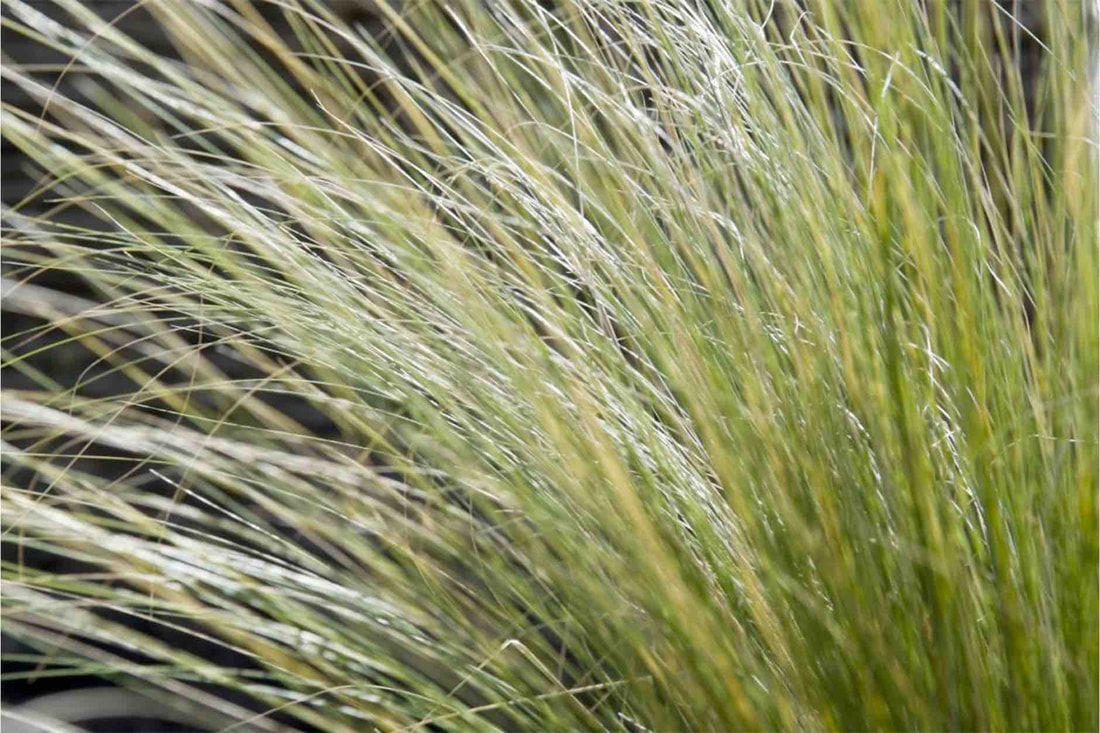
Stipa tenuissima
Stipa tenuissima (or Mexican feathergrass, now often sold as Nassella tenuissima) is a compact, evergreen grass is ideal for a gravel garden or a spot towards the front of a border. It combines well with perennials and other grasses, and moves beautifully in a breeze. |
